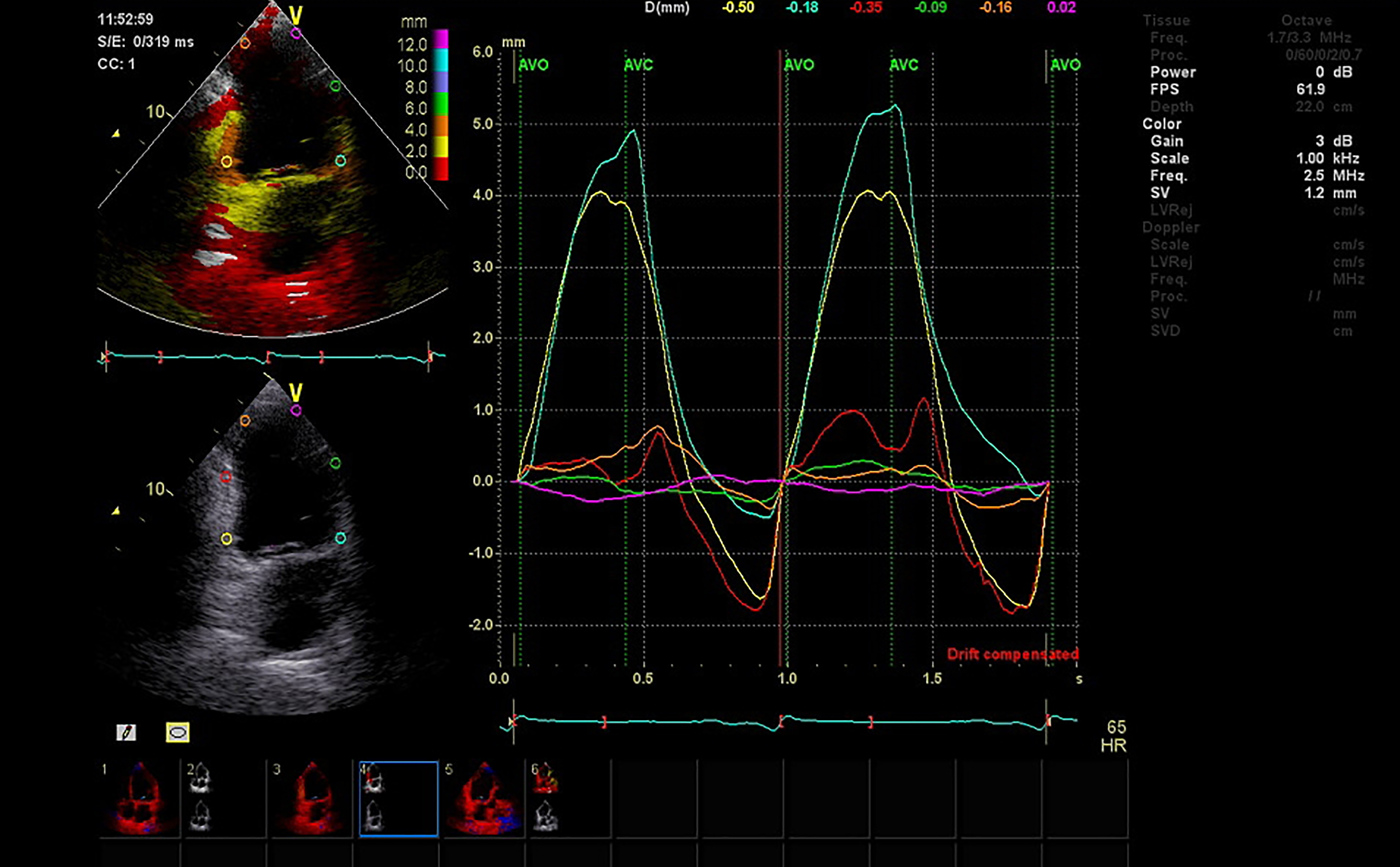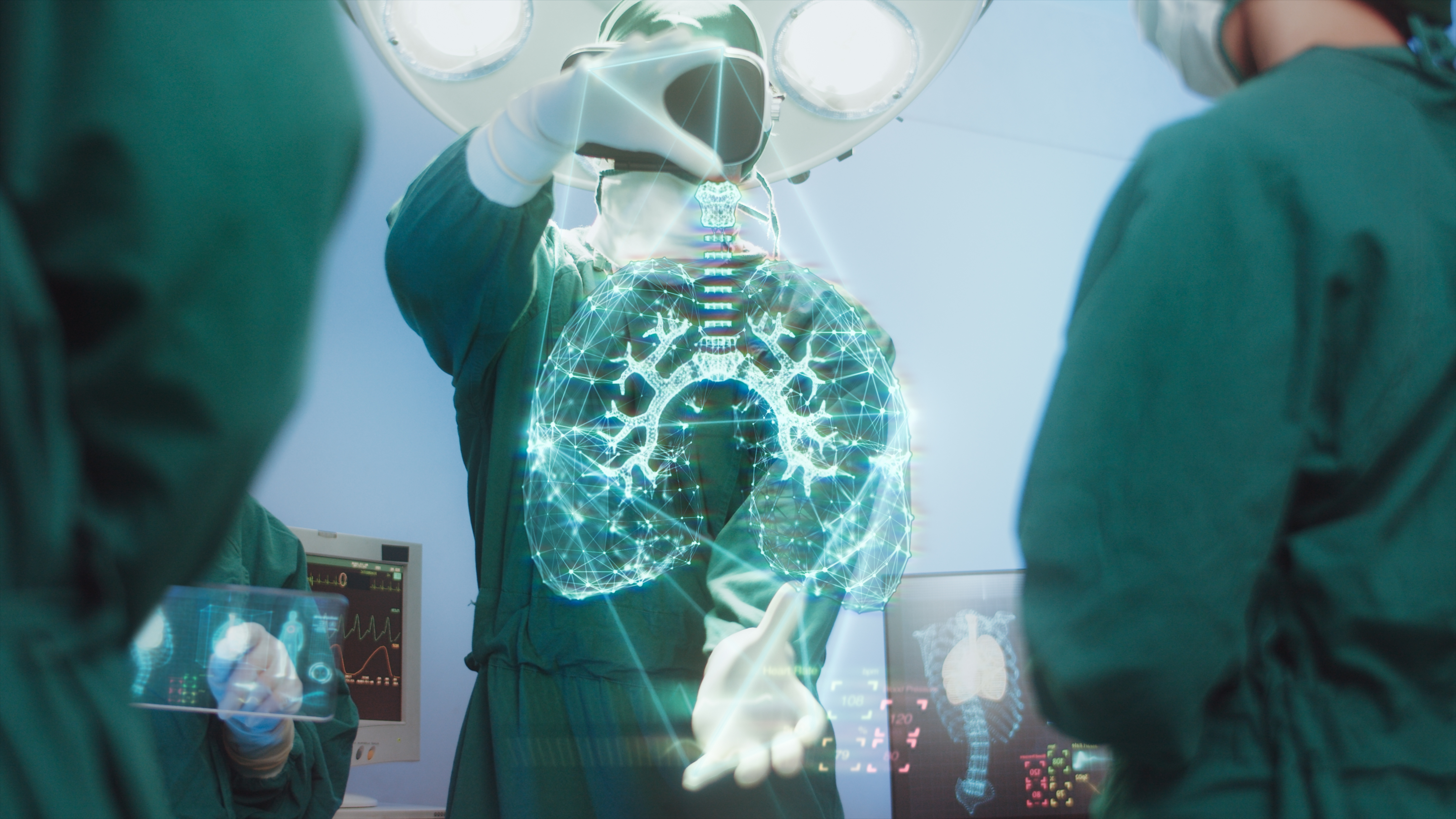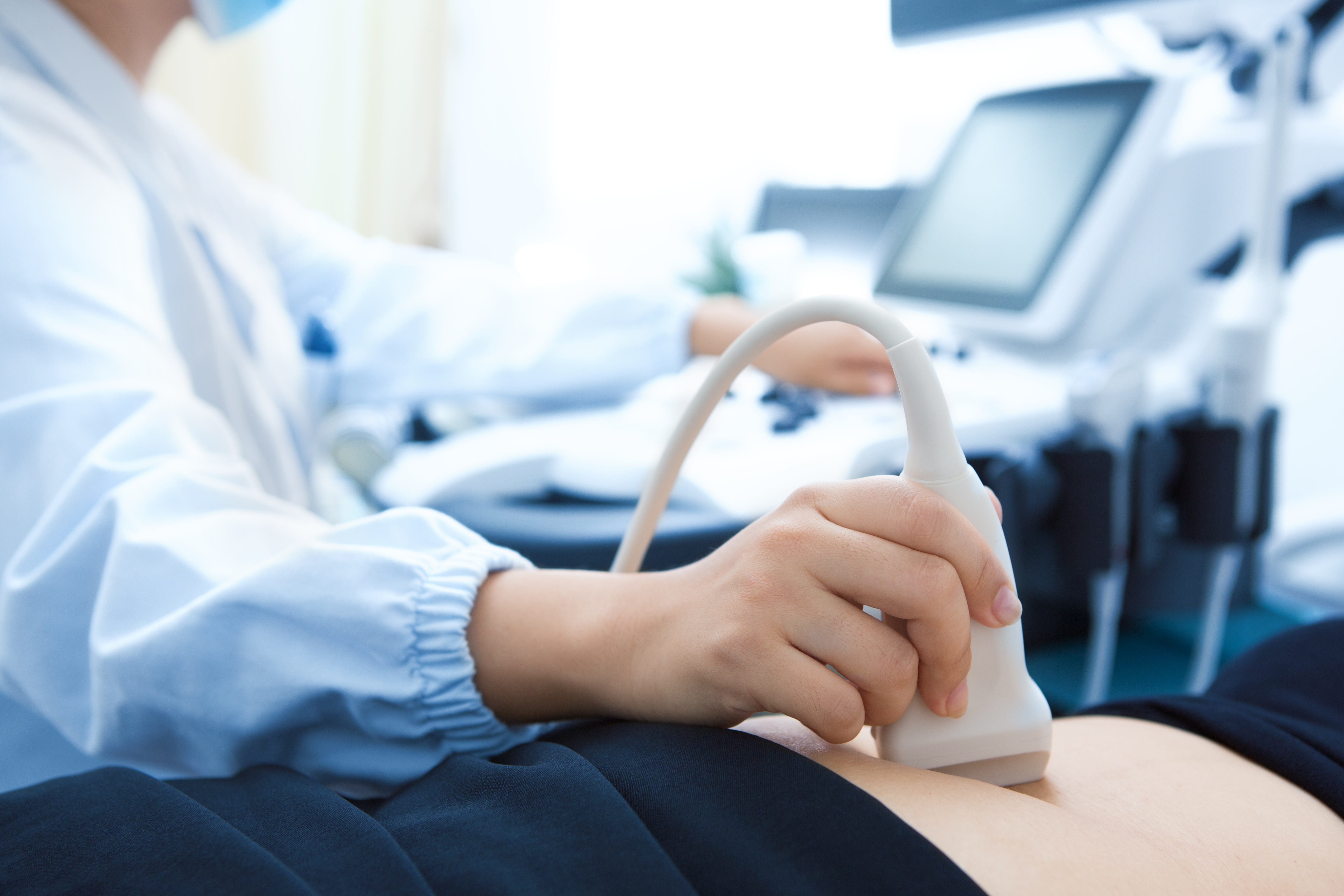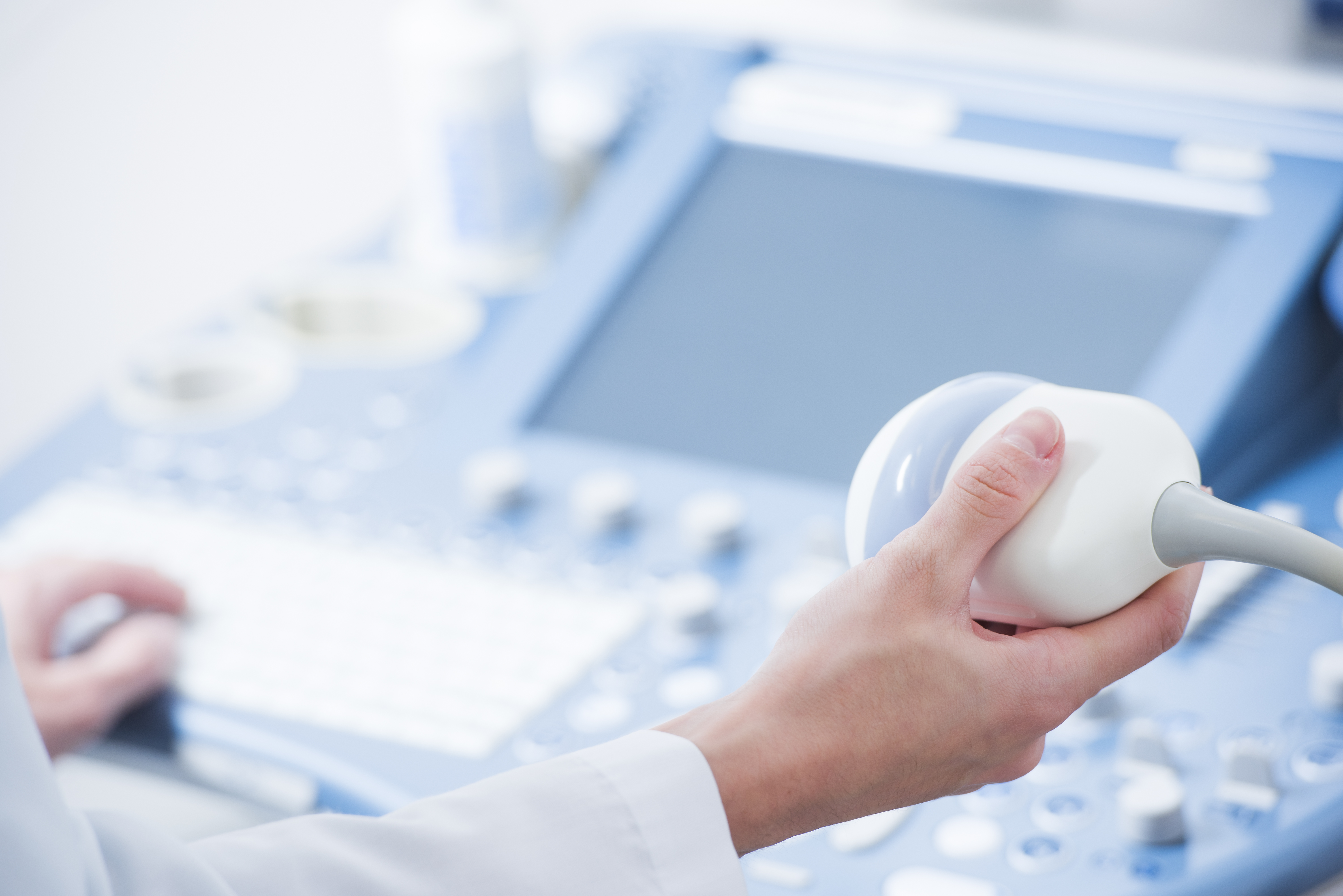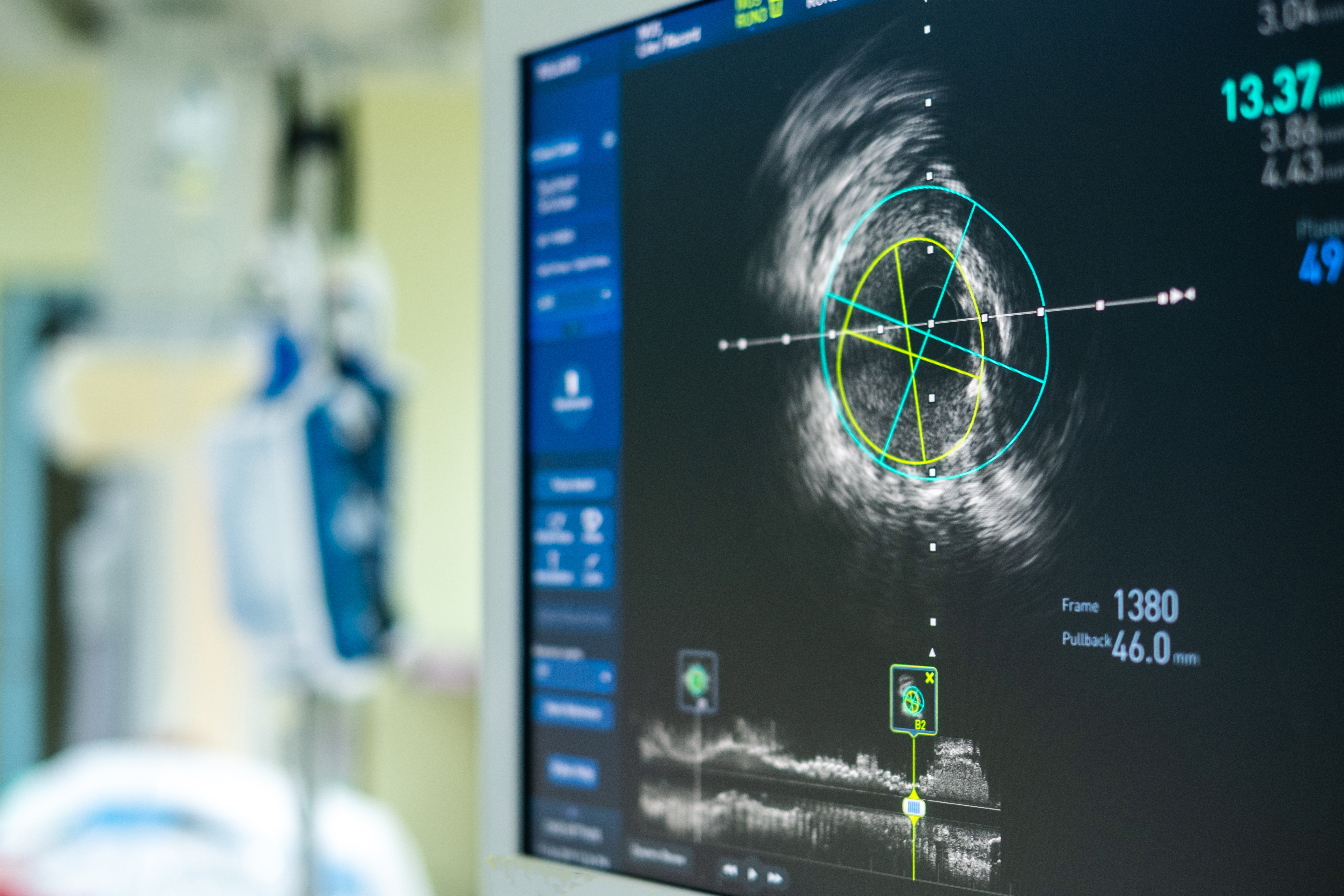The Department of Anesthesiology and Pain Medicine offers a Perioperative Point-of-Care Ultrasound Anesthesia Fellowship Training Program at The Ottawa Hospital. The Ottawa Hospital is a tertiary care centre in the National Capital Region.
The purpose of this fellowship is to prepare the fellow for a career of leadership in point-of-care ultrasound at local, regional, national, and international levels. After completion of the fellowship, the fellow will have acquired the skills necessary to lead a successful perioperative point-of-care ultrasound program at their local institution.
It is important to note that the trainee has to prioritize clinically indicated ultrasound examinations, where intervention may be required, over educational scans.

